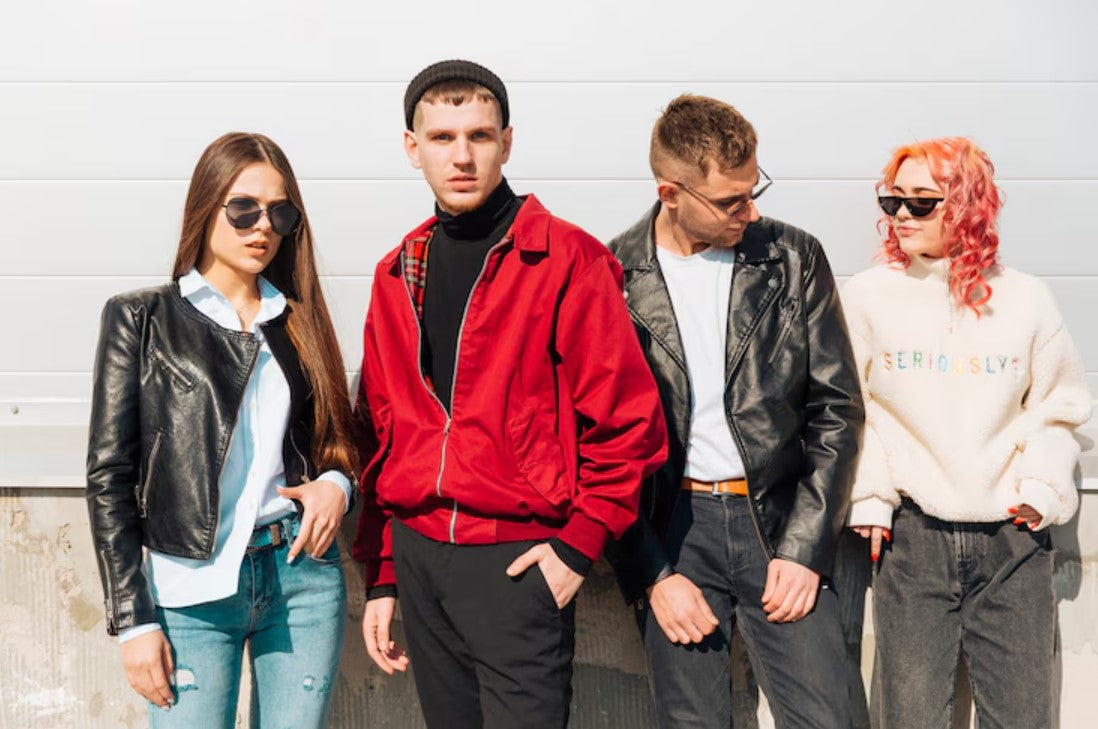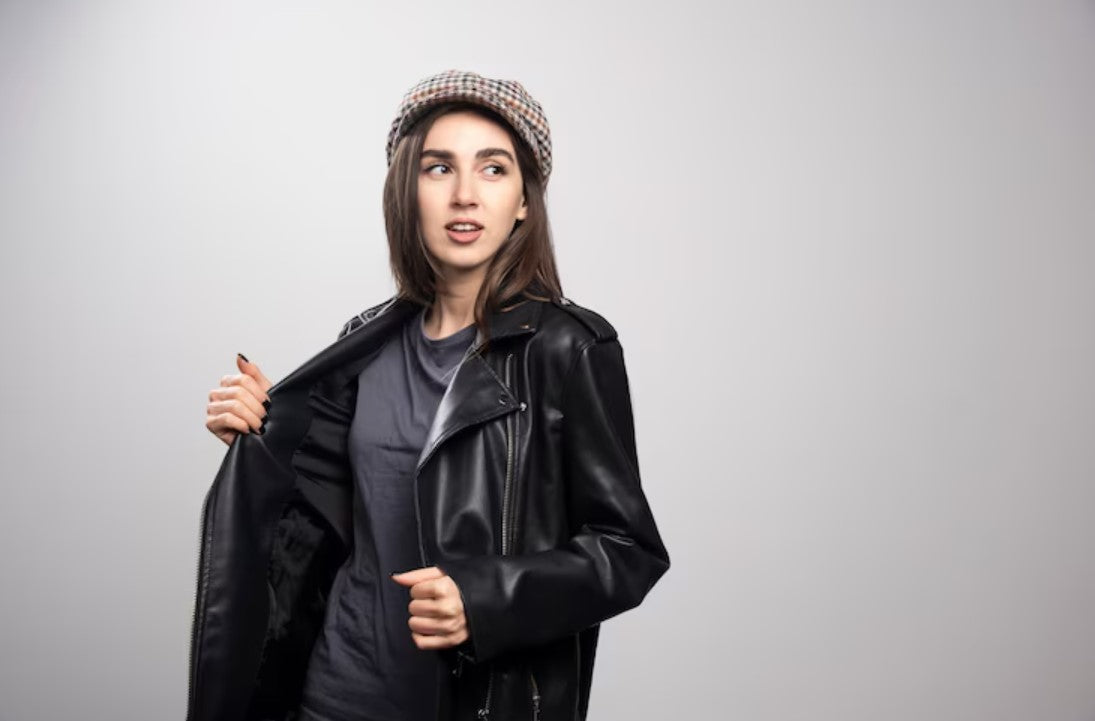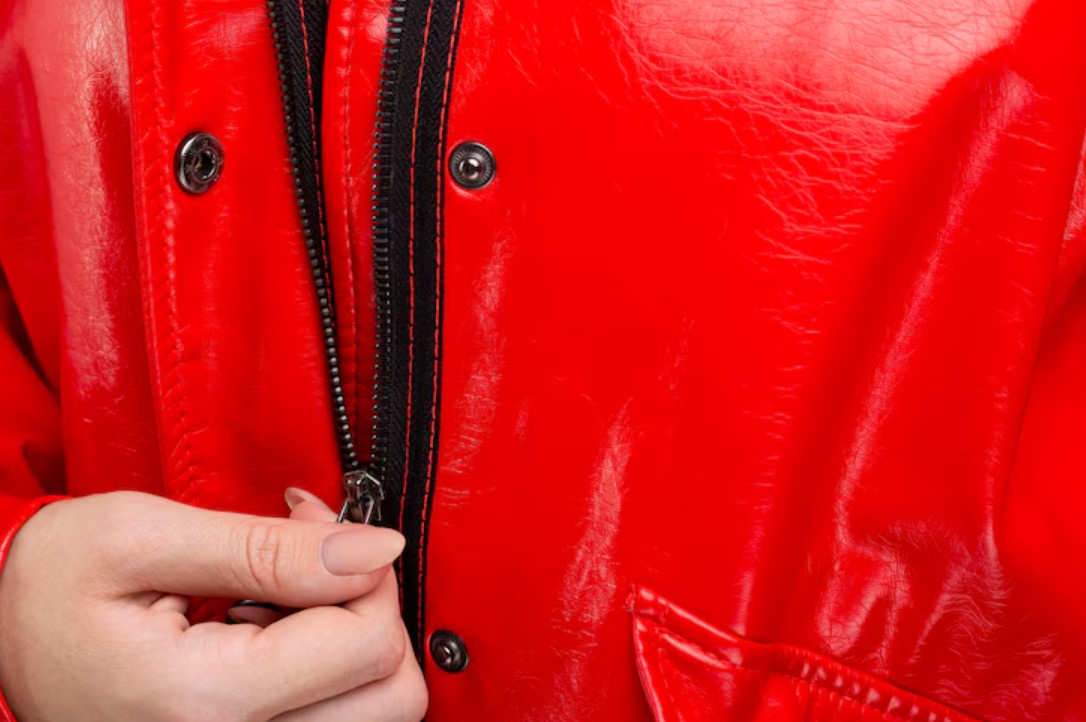
The Evolution of Leather Jackets from 1920s to 2025 in USA
From the smoky garages of early aviators to the digital catwalks of 2025, the leather jacket has undergone an extraordinary transformation in America. More than just a garment, it has become a symbol of rebellion, freedom, fashion, and functionality. Spanning over a century, the evolution of the leather jacket is also a story of American culture, innovation, and attitude. Before this, explore variety of Leather Jackets at Cuir Jackets, USA here.
1920s: Birth of Functionality
The leather jacket first emerged in the 1920s as a utilitarian piece of outerwear. Designed for pilots during World War I and refined during the interwar years, the “aviator” or “flight jacket” was born out of necessity. American aviators needed warm, durable, and weather-resistant clothing to combat the high-altitude chill. The U.S. Army introduced the A-1 jacket in 1927, crafted from horsehide with knitted cuffs and waistband, laying the groundwork for future styles.
This decade marked the leather jacket as a symbol of ruggedness and technical sophistication. It wasn’t about fashion — yet — but about performance in extreme conditions.
1930s: Hollywood Glamour and the First Motorcycle Jackets
The 1930s introduced the first wave of glamorization. The Schott brothers, Irving and Jack, created the now-iconic Perfecto motorcycle jacket in 1928. Sold through Harley-Davidson stores, it quickly became a hit among bikers. Made with tough leather, asymmetrical zippers, and a belted waist, it was designed for motorcycle riders needing wind protection and safety.
At the same time, Hollywood took notice. Marlene Dietrich wore leather jackets with undeniable confidence, challenging gender norms. The silver screen began to flirt with leather as a sign of cool, danger, and allure. By the end of the decade, the jacket was no longer just about function; it was gaining flair.
1940s: Wartime Heroism
World War II cemented the leather jacket's reputation. The U.S. military issued the A-2 bomber jacket, which became iconic thanks to decorated pilots who personalized them with unit patches and artwork. These jackets became synonymous with bravery, camaraderie, and American military pride.
Off the battlefield, Americans returning from war brought back their bomber jackets, wearing them as badges of honor. Leather became part of post-war masculinity — practical yet romantic, infused with memories and meaning.
1950s: Rebels Without a Cause
The 1950s saw leather jackets leap from the battlefield to the forefront of pop culture. Hollywood’s bad boys—Marlon Brando in The Wild One and James Dean in Rebel Without a Cause—helped the leather jacket evolve into a rebellious youth uniform. Brando’s Perfecto jacket, worn slouched with jeans and boots, defined the greaser subculture.
Suddenly, the leather jacket was dangerous. Schools banned them. Parents feared them. But teenagers loved them.
This decade marked a turning point. The leather jacket became more than clothing—it was an identity. It symbolized a resistance to conformity, and American youth wore it with pride.
1960s-1970s: Counterculture and Rock 'n' Roll
In the ‘60s and ‘70s, the leather jacket was adopted by counterculture icons and rock legends. The Rolling Stones, Jimi Hendrix, and Joan Jett all wore it on stage, adding glam, grit, and political edge. The jacket’s symbolism expanded—it wasn’t just for rebels anymore. It was for artists, revolutionaries, and misfits.
In the U.S., the Black Panthers also wore leather jackets as part of their uniform—paired with berets and sunglasses. It was a political fashion statement, projecting power, discipline, and defiance.
Simultaneously, the punk scene of the late '70s adopted the jacket and tore it apart—literally. Studded, painted, and patched, punk leather jackets reflected chaos and anger, transforming the jacket into a personal canvas for protest.
1980s: Mainstream Cool and Designer Touches
By the 1980s, the leather jacket was fully embedded in mainstream culture. Pop stars like Michael Jackson, with his iconic red leather jacket in Thriller, redefined it as glamorous and theatrical. Movies like Top Gun revitalized the bomber jacket, making it the uniform of hotshot confidence.
Designers like Giorgio Armani, Calvin Klein, and Donna Karan began to reinterpret the leather jacket for high fashion. It was suddenly available in tailored fits, different cuts, and new colors, broadening its appeal beyond subcultures.
From Wall Street to nightclubs, the leather jacket was now versatile. It was no longer just about rebellion — it was about style.
1990s: Grunge, Minimalism, and Gender Fluidity
The 1990s witnessed a shift toward grunge and minimalism. Leather jackets were paired with flannel shirts, Doc Martens, and a devil-may-care attitude. Think Kurt Cobain, Winona Ryder, and the cast of The Matrix. The black trench-style leather coat became a cyberpunk staple, symbolizing mystery and detachment.
This decade also blurred gender lines. Women embraced oversized leather jackets and androgynous cuts, pushing fashion toward fluid expression. Leather wasn’t just masculine or feminine — it was a tool for individuality.
2000s: Pop Culture and Customization
The 2000s brought eclecticism. Leather jackets began to reflect the diversity of American style. From hip-hop’s luxury obsession to indie rock’s vintage revival, leather jackets adapted to every trend.
In movies like The Dark Knight, Batman’s sleek leather armor hinted at futuristic form and functionality. At the same time, high-street retailers offered more affordable faux and real leather options, democratizing the look.
Customization was key. Embroidery, studs, color-blocking — everyone wanted a leather jacket that felt uniquely theirs.
2010s: Ethical Fashion and Retro Revival
As the 2010s unfolded, consumer awareness around sustainability grew. Ethical leather, plant-based alternatives, and vintage re-wears became popular. Brands began sourcing more responsibly, while others embraced vegan leather made from mushrooms, pineapples, and recycled materials.
Simultaneously, retro styles made a comeback. The biker jacket, the bomber, and the café racer all returned with modern tweaks. Designers began combining leather with other materials—denim, wool, neoprene—creating hybrid jackets with fresh appeal.
Celebrities like Rihanna, Zendaya, and Harry Styles showcased leather jackets as gender-fluid staples, underscoring their eternal relevance.
2020s to 2025: Tech-Infused, Sustainable, and Still Iconic
As we approach the midpoint of the 2020s, the leather jacket remains a staple — now smarter, greener, and more versatile than ever.
Smart textiles are becoming a reality. Some luxury jackets come embedded with tech—thermal regulation, built-in heating, GPS tracking, and even haptic feedback for navigation. Wearable tech is turning leather jackets into futuristic gear, particularly in sportswear and motorcycle gear.
Sustainability is no longer optional. Bio-based leathers, lab-grown hides, and fully circular production cycles are becoming the new norm. American designers are pioneering jackets made from cactus leather and other regenerative materials.
And stylistically? Anything goes. From cropped, neon-colored moto jackets to long, draped trench hybrids, leather jackets in 2025 are about expression. With the rise of digital fashion influencers and AI-generated styles, leather jackets are also taking center stage in virtual wardrobes and augmented reality fashion.
Conclusion
The leather jacket’s journey from cockpit gear to catwalk staple mirrors the evolution of American culture itself—bold, innovative, rebellious, and ever-changing. It has survived wars, revolutions, subcultures, and style trends. In 2025, it stands not only as a garment but as a legacy — proof that some icons never fade, they only evolve.


